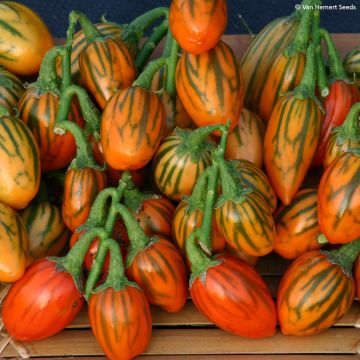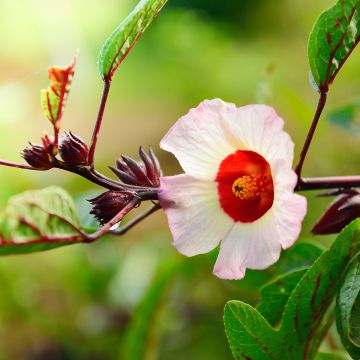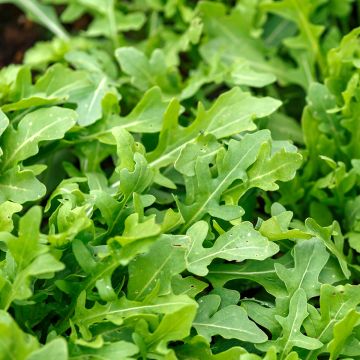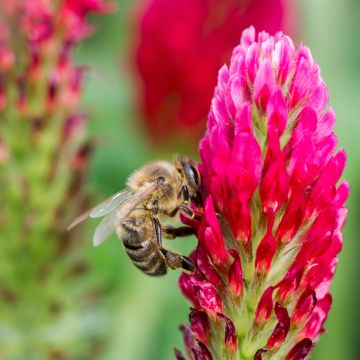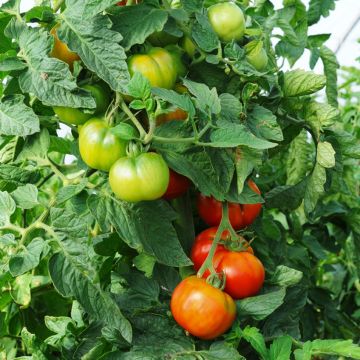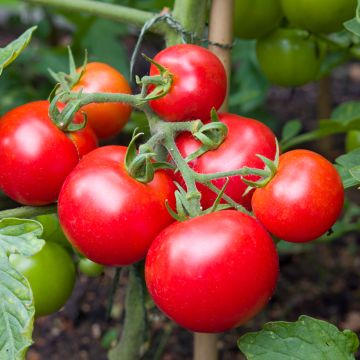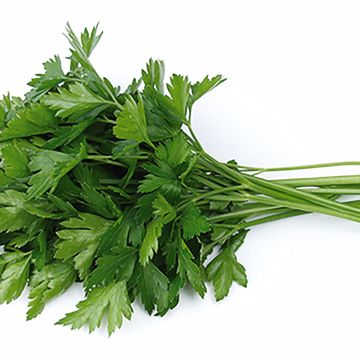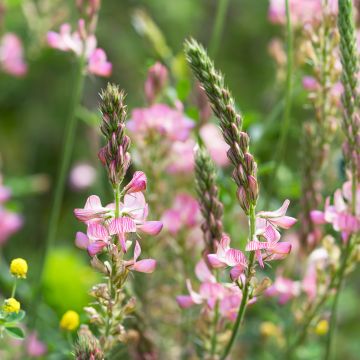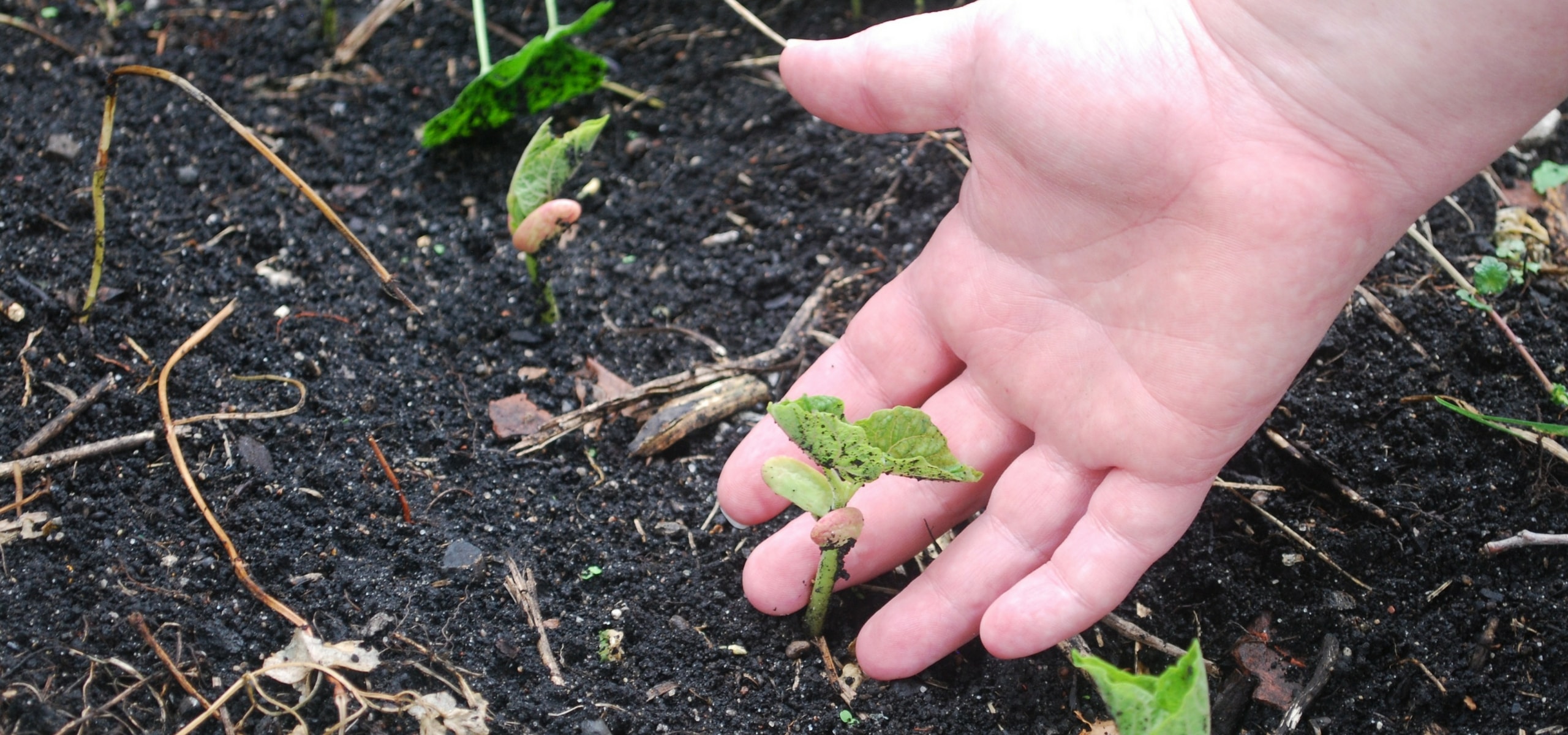
Sowing vegetable seeds
Where, when, and how to sow vegetables?
Contents
Do you dream of harvesting your own fresh and tasty vegetables straight from your garden? Sowing vegetable seeds is an essential step to successfully start your vegetable garden. It is a much more economical solution than buying young plants that are ready to be installed in the garden. It also allows access to a wider range of varieties. This article guides you step by step to successfully carry out your sowing, whether in open ground, in trays, or in buckets, depending on the type of vegetables you wish to grow. Follow our tips for a successful vegetable garden!
Where to sow vegetable seeds?
Vegetable seeds can be sown directly in the ground, in a seed tray, or in buckets.
Sowing is done directly in the ground for:
- large seeds (beans, broad beans, peas…),
- cold-resistant vegetables (lettuces, spinach…),
- umbellifers and root vegetables (carrots, parsnips, fennel) that do not tolerate transplanting,
- small vegetables that would be very tedious to transplant (radishes, lamb’s lettuce, rocket).
Sowing in a seed tray or in buckets is generally reserved for vegetables that require a lot of warmth: carried out in a heated shelter (house, greenhouse), they allow for an early start.
This mainly concerns tomatoes, peppers, chillies, aubergines, melons, cucumbers, but also cabbages, leeks, squashes… Many vegetables can be sown this way and for beginners, it’s an easy way to obtain beautiful young plants, less vulnerable to slugs and other pests.
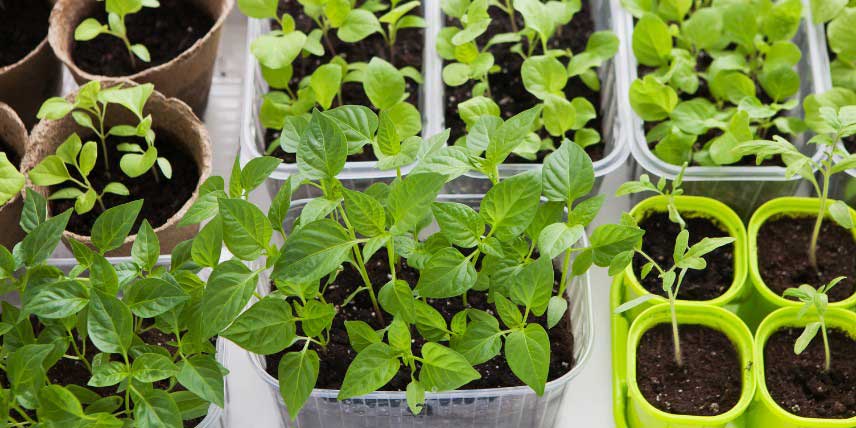
Young vegetable plants sown in pots or trays
When to sow?
Sowing periods are specific to each vegetable and each variety. They are usually indicated on seed packets. This is important information that must be consulted.
Discover other Vegetable seeds
View all →Available in 1 sizes
Available in 1 sizes
Available in 1 sizes
Available in 1 sizes
Available in 1 sizes
Available in 1 sizes
Available in 1 sizes
Available in 1 sizes
Available in 1 sizes
Available in 1 sizes
How to sow vegetable seeds?
Direct Sowing in Place (in Open Ground)
- Start by preparing the soil: weed, loosen and rake to achieve fine soil. Ideally, the soil should already be warmed up.
- Sow according to the recommendations for each vegetable (these are indicated on the packet), paying close attention to the depth of the furrow, and the spacing of the ranks and seeds within the rank.
- Cover the sowing with fine soil.
- Some sowings (carrots, radishes) require “compacting”: you should then press the soil down with the flat side of a rake to properly secure the seeds.
- Carry out a first watering, with a fine spray, to avoid displacing the seeds, then keep the soil moist until germination.
- Once the seedlings are well developed, thinning is often necessary: it involves removing excess plants while keeping only those that appear the most vigorous. These plants can sometimes be replanted in another part of the garden.
Also, check out our advice sheet: “Sowing in Open Ground: Useful and Practical Tools and Accessories”
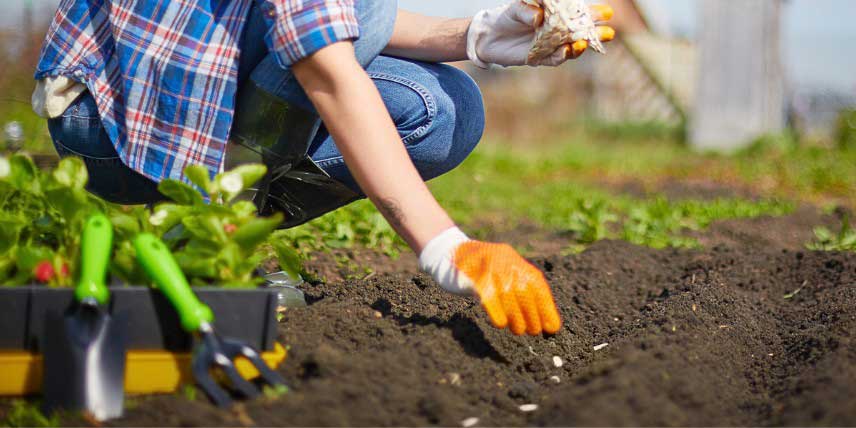
Sowing vegetable seeds in open ground, in a furrow
Sowing in Seed Trays or Buckets
Required Materials:
- Seed trays or containers about 15 cm high (small polystyrene boxes are very practical). You can also sow in pots or buckets. Ensure there are drainage holes for excess water to escape.
- A good seed compost or a mix consisting of 60% universal compost + 20% of sieved compost + 20% of sand or vermiculite
- A spray bottle or a watering can with a rose, to water with a fine spray.
How to Proceed?
- Fill the trays or buckets two-thirds full with compost, then lightly compact and level the surface.
- Moisten the substrate.
- If sowing in trays, make small furrows, more or less deep depending on the size of the seeds, then sow fairly sparsely. If sowing in buckets, place a few seeds per pot. You can later thin out to keep only the best plant.
- Cover with a thin layer of compost.
- Carry out a first watering using a spray bottle, to avoid displacing the seeds.
- The trays can be covered with glass or plastic film to speed up germination. However, remember to ventilate the sowing regularly to prevent damping off.
- Depending on the germination temperature, place the trays or buckets in a warm place at home, in a heated or unheated greenhouse, in the light so that your plants do not become leggy.
- Keep the substrate moist, but not waterlogged until germination, which generally takes 5 to 15 days depending on the vegetables.
- Once the seedlings are well developed, thin out if necessary, keeping only the most beautiful plant(s). It is also time to remove the glass cover.
- Wait a few more days, then for sowings in trays, transplant into a bucket taking care not to damage the plants, then let them grow a little longer.
- Finally, about ten days before the final planting in the garden (when the last risks of frost have passed), gradually acclimatise your young plants to outdoor conditions by taking them out for a few hours each day in good weather: slightly cooler temperatures and a light breeze will help them harden off and arrive robust in the garden.
Feel free to consult our advice sheets: “Sowing in Trays” and “Sowing Indoors: Useful Tools and Accessories”
You can also sow using Fertiss clumps: discover our tips in video.
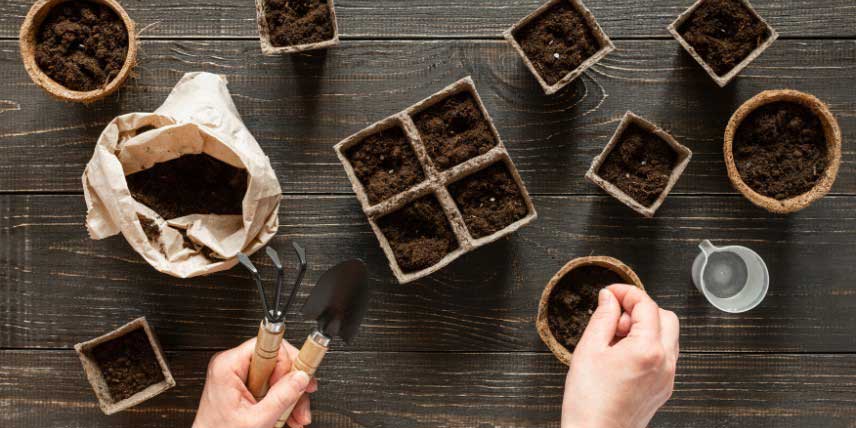
Sowing in pots. Depending on the vegetables you are growing, you can also sow in trays or alveolate sheets.
- Subscribe!
- Contents































